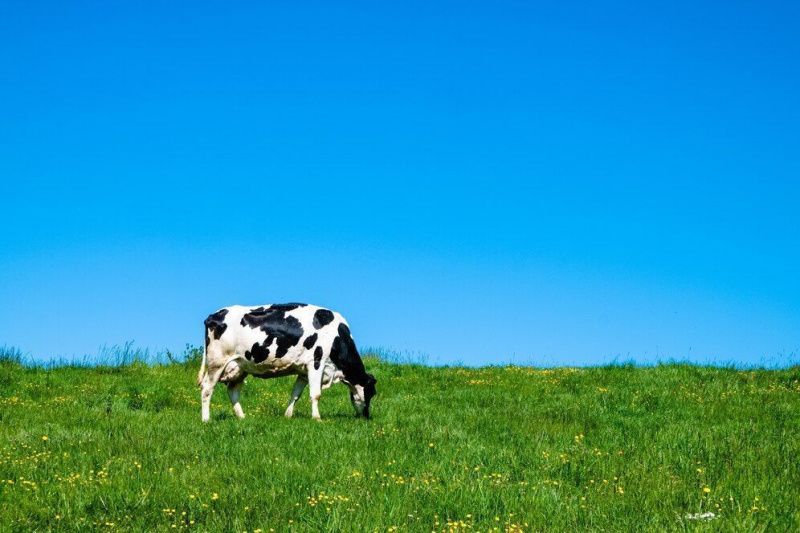Wisconsin Dairy Farm Numbers Drop to Historic Low

In the early 2000s, Wisconsin enjoyed a thriving dairy industry. As of 2002, the state boasted 16,886 dairy farms, with each farm averaging 142 cows. Fast forward to 2025, and the landscape has dramatically altered. Latest data reveals that the number of dairy farms in Wisconsin has dwindled to 5,348, a clear indication of the sector's consolidation over the years.
Significant Changes in Production
Despite this drastic reduction in farm numbers, Wisconsin's dairy production remains robust, with each farm now housing an average of 237 cows, a notable increase from past figures. This shift towards fewer farms with larger herds has enabled the state to maintain milk production levels akin to when there were more farms.
Historical Context and Future Outlook
Historically, Wisconsin has been a bedrock of dairy farming. In 1950, the state was home to 143,000 dairy farms. This contraction is not just a local phenomenon; nationally, dairy farm numbers have dropped significantly. However, cows have become more productive, leading to record-setting milk production nationwide despite the industry's shrinking footprint.
Looking forward, the trend of farm consolidation paired with advancements in agricultural practices suggests that Wisconsin will continue to play a vital role in the U.S. dairy sector.











